Picture this: It’s Monday morning, you’ve got three new hires starting today, and your HR team is already drowning in paperwork from last week’s batch of recruits. Sound familiar? If you’re nodding your head right now, you’re not alone. The traditional onboarding process has been the bane of HR professionals everywhere – until now.
Welcome to the era of self-service onboarding portals for HR companies, where automation meets efficiency, and your Monday mornings might actually become manageable. I’m about to show you how this digital revolution isn’t just changing the game – it’s completely rewriting the rulebook.
What Exactly Is This Automation Magic?
Let’s start with the basics. What is automation? Think of it as your incredibly organized, never-sleeps, never-complains digital assistant. Automation in HR means using technology to handle repetitive tasks that traditionally required human intervention. It’s like having a Swiss Army knife for your administrative nightmares.
In the context of employee onboarding, automation transforms the chaotic paper-shuffling marathon into a streamlined digital experience. New hires can complete forms, upload documents, and even schedule their first-day meetings – all before they step foot in your office.
The Self-Service Revolution: Why Your HR Team Will Thank You
Here’s where things get interesting. Self-service onboarding portals aren’t just about digitizing old processes – they’re about reimagining how we welcome new talent into our organizations.
Saving Time with Automation: The Numbers Don’t Lie
I’ve seen companies reduce their onboarding time from weeks to days. One mid-sized tech company I consulted with last year cut their administrative onboarding time by 67%. That’s not a typo – sixty-seven percent.
| Traditional Onboarding | Self-Service Portal Onboarding |
| 2-3 weeks completion time | 3-5 days completion time |
| 15+ hours of HR staff time | 4-6 hours of HR staff time |
| 40% incomplete documentation | 95% complete documentation |
| High stress for new hires | Positive first impression |
The beauty lies in the details. When new employees can complete their paperwork at their own pace – maybe over Sunday morning coffee instead of during a frantic first-day rush – everyone wins.
How Can Automation Help HR Companies? Let Me Count the Ways
- Error Reduction That’ll Make You Sleep Better Remember the last time someone filled out their emergency contact wrong, or forgot to sign page three of seventeen? Self-service portals come with built-in validation. No more playing detective with incomplete forms.
- Consistency Across All Locations Whether you’re onboarding someone in New York or Nebraska, the experience remains identical. Your company culture starts showing from day one, and trust me, consistency builds trust.
- Real-Time Tracking and Analytics Want to know exactly where each new hire stands in the onboarding process? You’ve got it. Need to identify bottlenecks? The data’s right there. It’s like having X-ray vision for your HR processes.
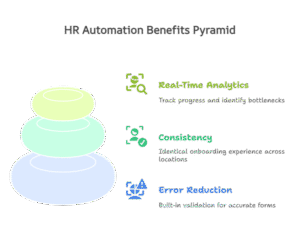
The Nitty-Gritty: What Makes These Portals Actually Work
Document Management That Doesn’t Suck
Gone are the days of “Can you resend that form?” or “I think I lost your tax documents.” Digital document management within these portals creates a centralized hub where everything lives, breathes, and stays organized.
New hires upload their documents once, and they’re automatically sorted, verified, and filed in the appropriate digital folders. It’s like having a filing cabinet that organizes itself.
Integration: The Secret Sauce
Here’s what separates good portals from great ones – seamless integration with your existing systems. Payroll, benefits administration, IT provisioning – everything should talk to each other like old friends at a reunion.
When Sarah from accounting needs the new hire’s banking information for payroll setup, it’s already there. When IT needs to know their preferred email format, it’s been captured. No more email chains that go nowhere.
Hiring Automation: Beyond Just Onboarding
Let’s zoom out for a moment. Self-service onboarding portals are just the beginning of what hiring automation can do for your organization. Think of them as the opening act for a complete digital transformation.
Smart HR companies are connecting their onboarding portals to:
- Applicant tracking systems for seamless candidate-to-employee transition
- Performance management platforms for early goal setting
- Learning management systems for immediate training deployment
- Communication tools for instant team integration
The Personal Touch in a Digital World
Now, I know what you’re thinking: “This sounds great, but what about the human element?” Here’s the beautiful irony – automation actually enhances the personal touch, not diminishes it.
When your HR team isn’t bogged down with administrative tasks, they can focus on what they do best: building relationships, providing support, and ensuring new hires feel genuinely welcomed.
Real-World Success Stories (Because Numbers Tell Stories Too)
Case Study: Mid-Size Marketing Agency
- Before: 3-week onboarding process, 23% of new hires complained about confusion
- After: 5-day onboarding process, 89% satisfaction rate, 34% reduction in first-month turnover
Case Study: Regional Healthcare Provider
- Before: Paper-heavy process requiring 3 in-person visits
- After: Single in-person visit, 78% reduction in paperwork errors, $15,000 annual savings in processing costs
The Technical Stuff (Without the Technical Headache)
Security: Because Trust Is Everything
Any self-respecting onboarding portal comes with enterprise-level security. We’re talking encryption, secure data storage, compliance with regulations like GDPR and CCPA. Your new hire’s social security number is safer than Fort Knox gold.
Mobile-First Design
Today’s workforce expects mobile functionality. Your new hire should be able to complete their onboarding while commuting on the subway or during their lunch break at their current job. Responsive design isn’t a luxury – it’s a necessity.
Common Pitfalls (And How to Avoid Them)
The “Set It and Forget It” Trap Implementing a portal isn’t a one-and-done deal. Regular updates, feedback collection, and process refinement are crucial. Think of it as tending a garden, not building a monument.
Over-Automation Syndrome Not everything needs to be automated. Sometimes a personal phone call or face-to-face meeting is exactly what’s needed. The key is finding the right balance.
Training Neglect Your team needs to know how to use these tools effectively. Budget for training, and you’ll see returns multiply.
The Future Is Knocking (And It’s Automated)
Artificial intelligence is already starting to make these portals smarter. Imagine a system that learns from each onboarding experience and automatically suggests improvements. We’re talking about predictive analytics that can identify potential retention risks before they become problems.
Voice-activated interfaces, chatbots for instant support, and even virtual reality office tours – the possibilities are expanding faster than most companies can keep up with.
Making the Business Case (For the Skeptics in the Room)
Let’s talk ROI because that’s what really matters to decision-makers:
Direct Cost Savings:
- Reduced paper and printing costs
- Decreased administrative labor hours
- Lower error correction expenses
Indirect Benefits:
- Improved new hire satisfaction and retention
- Enhanced company reputation as a modern employer
- Increased HR team productivity for strategic initiatives
Competitive Advantage: Companies with streamlined onboarding processes attract better talent. It’s that simple.
Your Next Steps (The Action Plan)
- Assess Your Current Process – Document every step of your existing onboarding
- Identify Pain Points – Where do delays typically occur?
- Define Success Metrics – What does improvement look like for your organization?
- Research Solutions – Not all portals are created equal
- Pilot Program – Start small with a test group
- Gather Feedback – From both HR staff and new hires
- Scale and Refine – Expand gradually while improving continuously
The Bottom Line
Self-service onboarding portals for HR companies aren’t just a nice-to-have anymore – they’re becoming essential infrastructure for modern businesses. The companies that embrace this technology now will be the ones setting the standard for employee experience tomorrow.
Your new hires expect digital efficiency. Your HR team deserves process automation. Your business needs competitive advantages. Self-service onboarding portals deliver on all three.
The question isn’t whether you should implement one – it’s how quickly you can get started.
Ready to transform your HR onboarding process?
Start by evaluating your current system and identifying the biggest opportunities for improvement.
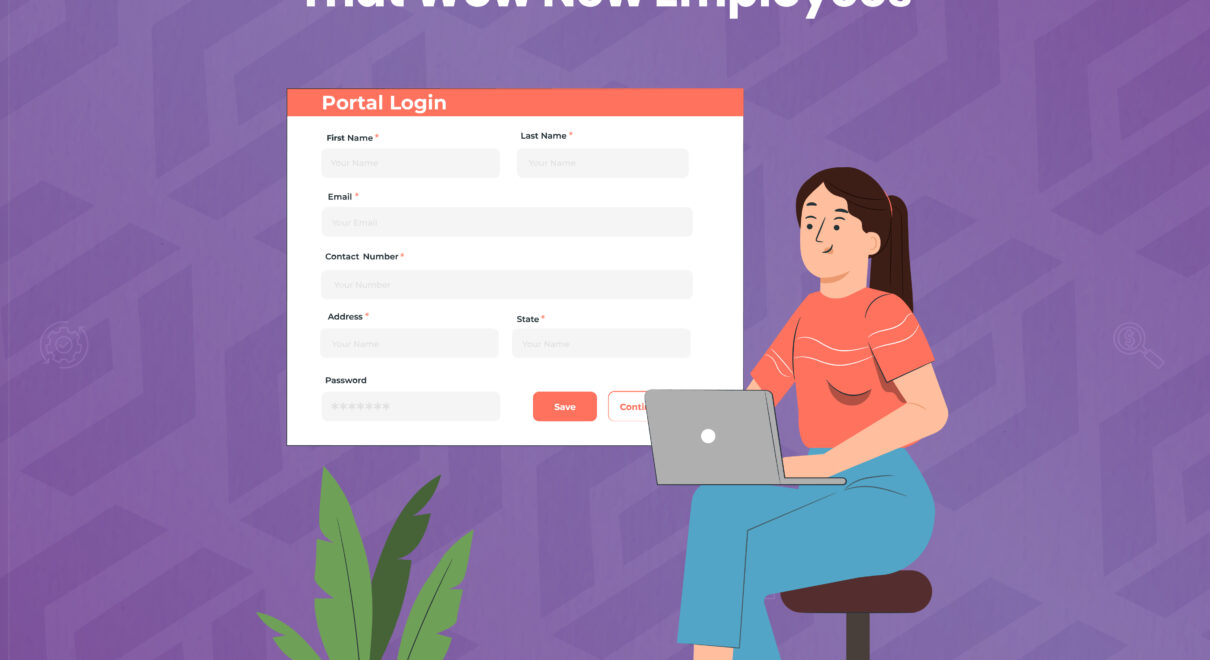
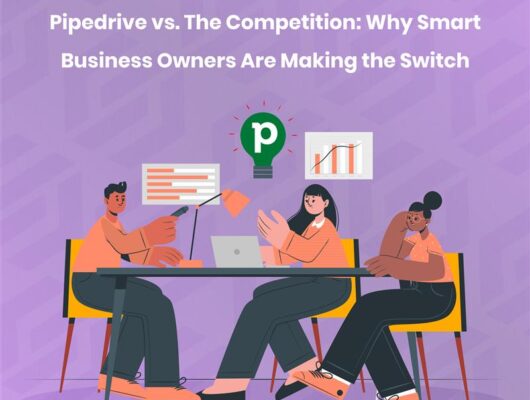

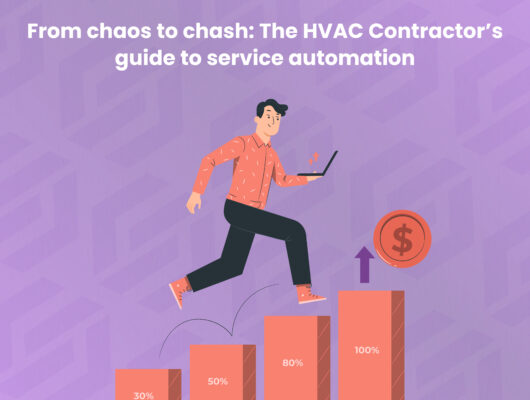

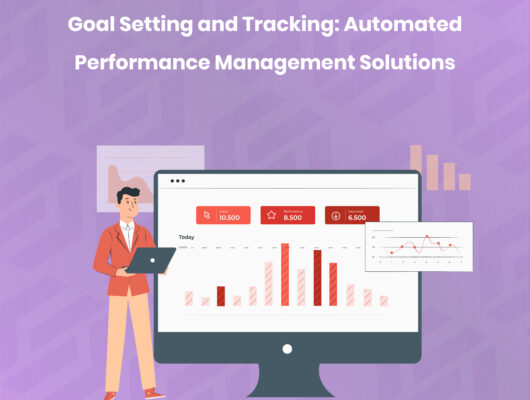
1 Comment